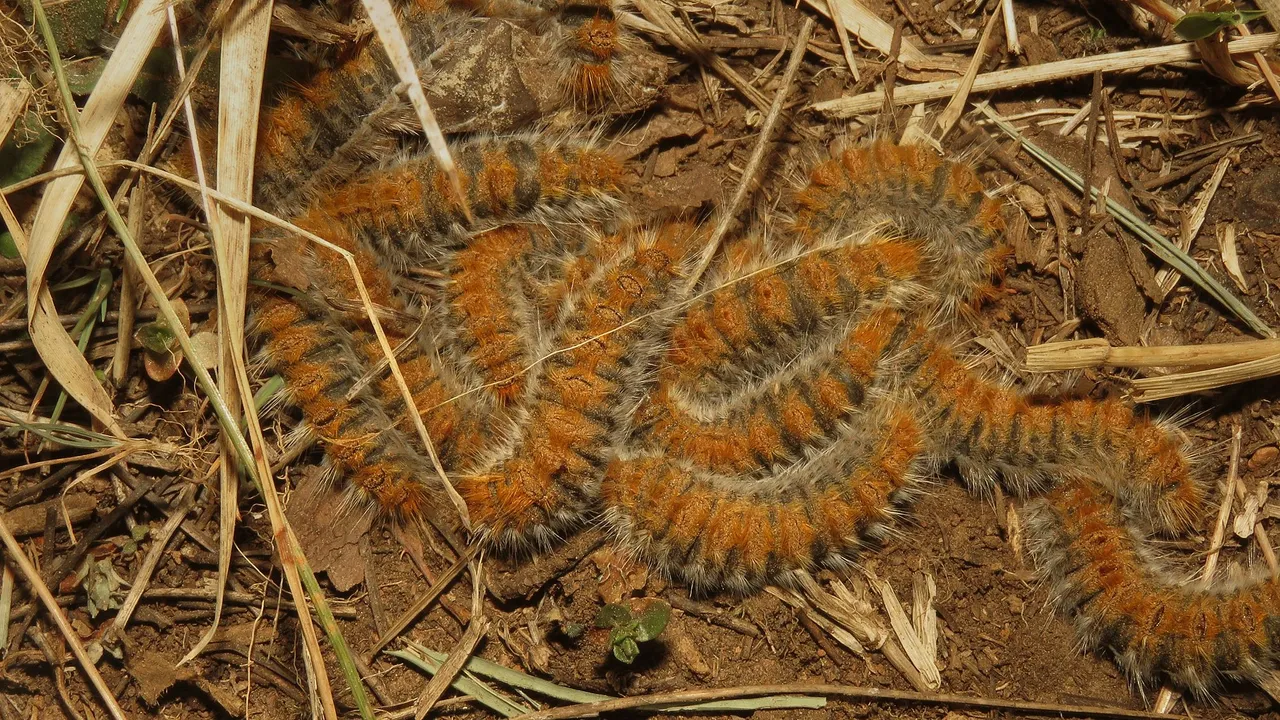Last week, while walking across the meadows at the edge of town, just after the last houses ...
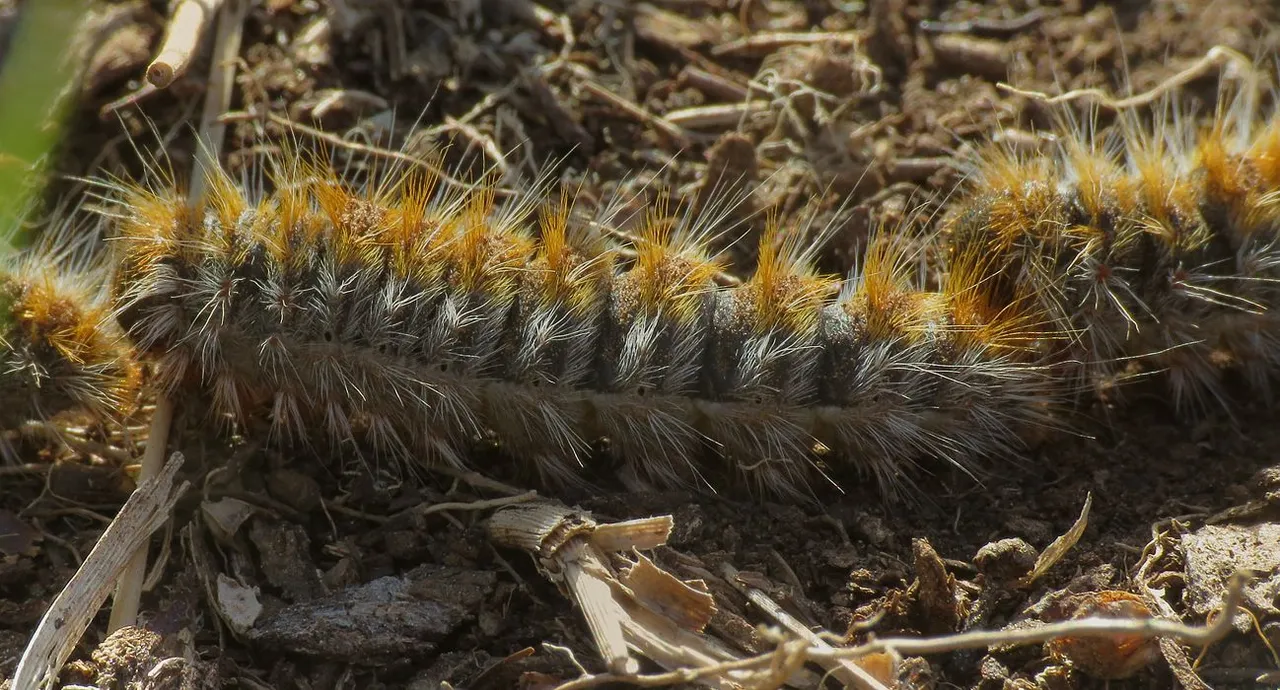
... I encountered some fuzzy caterpillars ...
... a long line of fuzzy caterpillars, to be more precise.
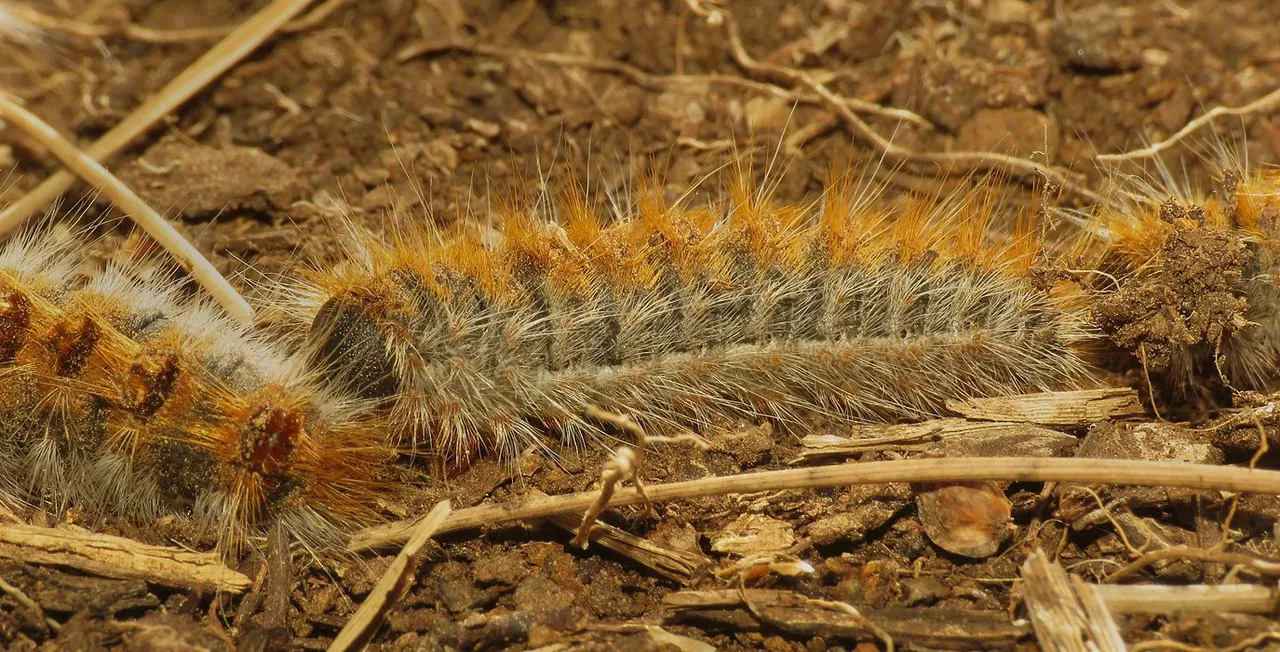
They were walking across the parchment of terrain with very sparse vegetation ...
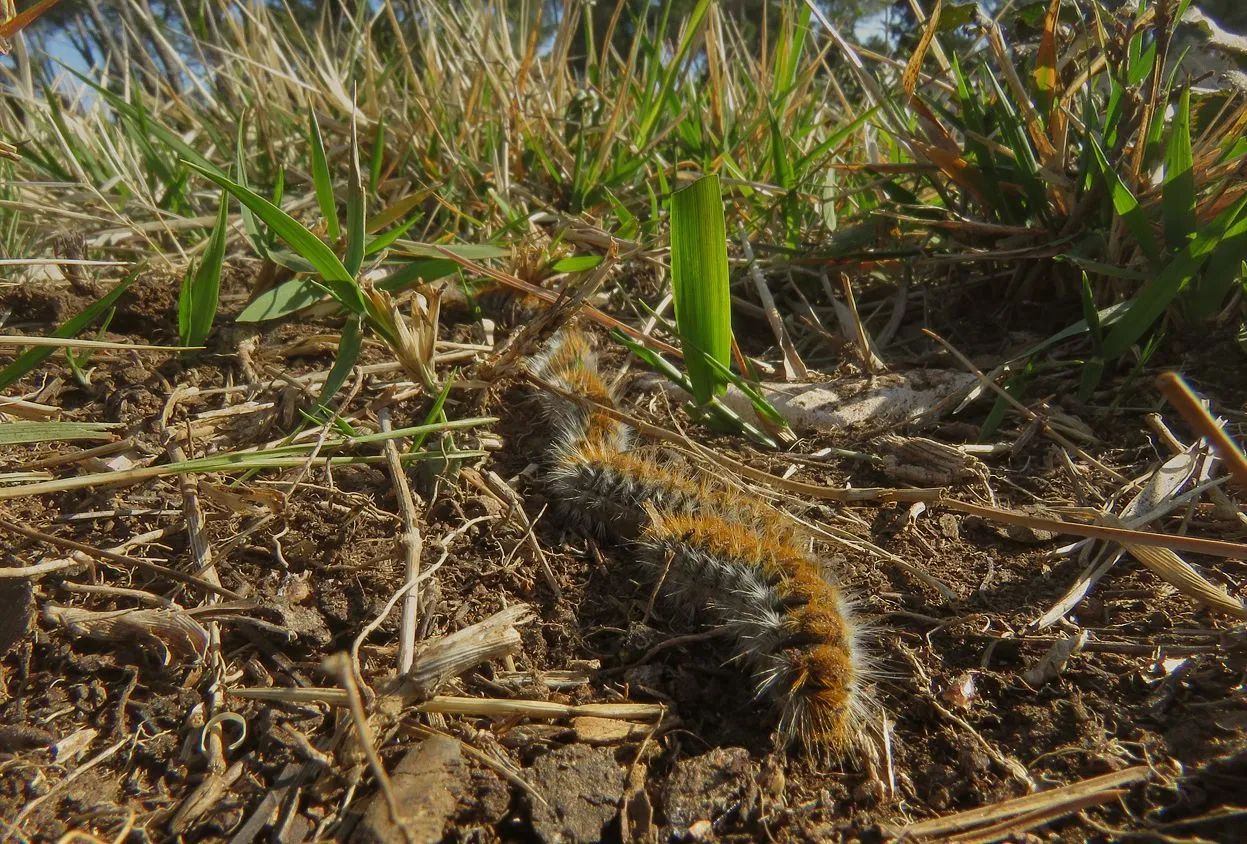
... directed to the place covered with dense short grass.
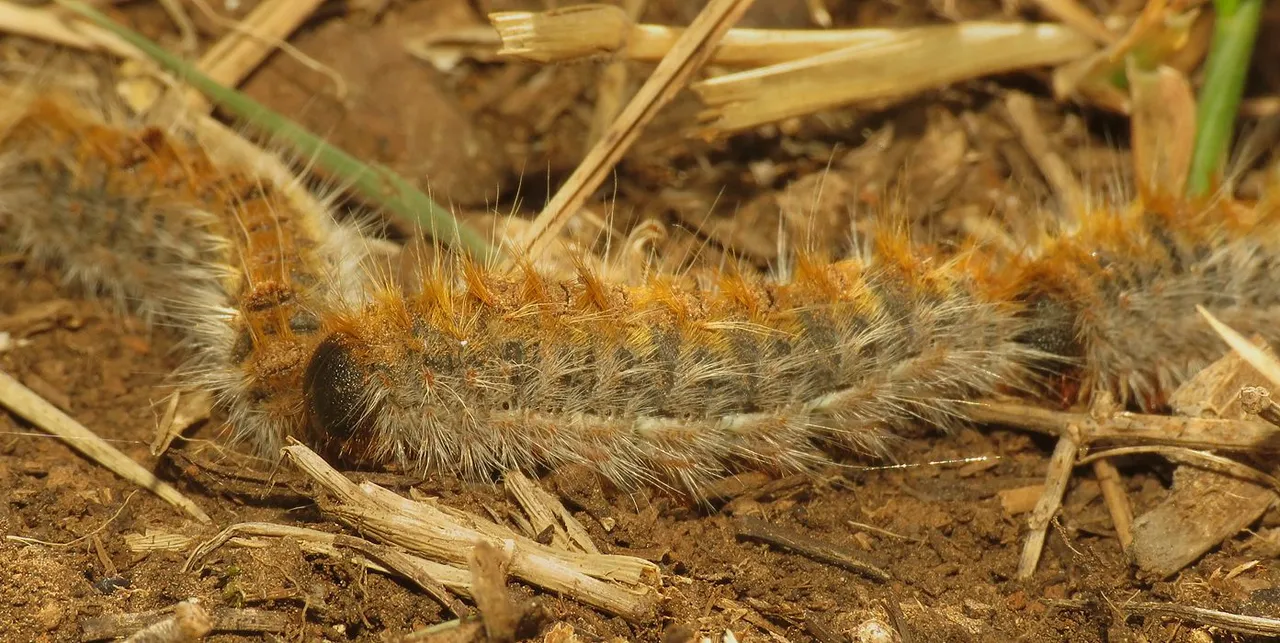
These are the larvae of the Thaumetopoea pityocampa moth ...

... commonly known as the Pine processionary. And now, before continuing the story about this interesting species, is time to take a look at caterpillars in motion, in the video I recorded last week, at the edge of town. Have a good viewing.
A look at the social behavior of the Pine processionary caterpillars. Just like most of my videos, this makes much more sense as a part of the considerably longer article on HIVE, than as a standalone thing. You can find more information about this interesting species if you read the post.
▶️ 3Speak

As you could see in the video, when they reached the grass ...
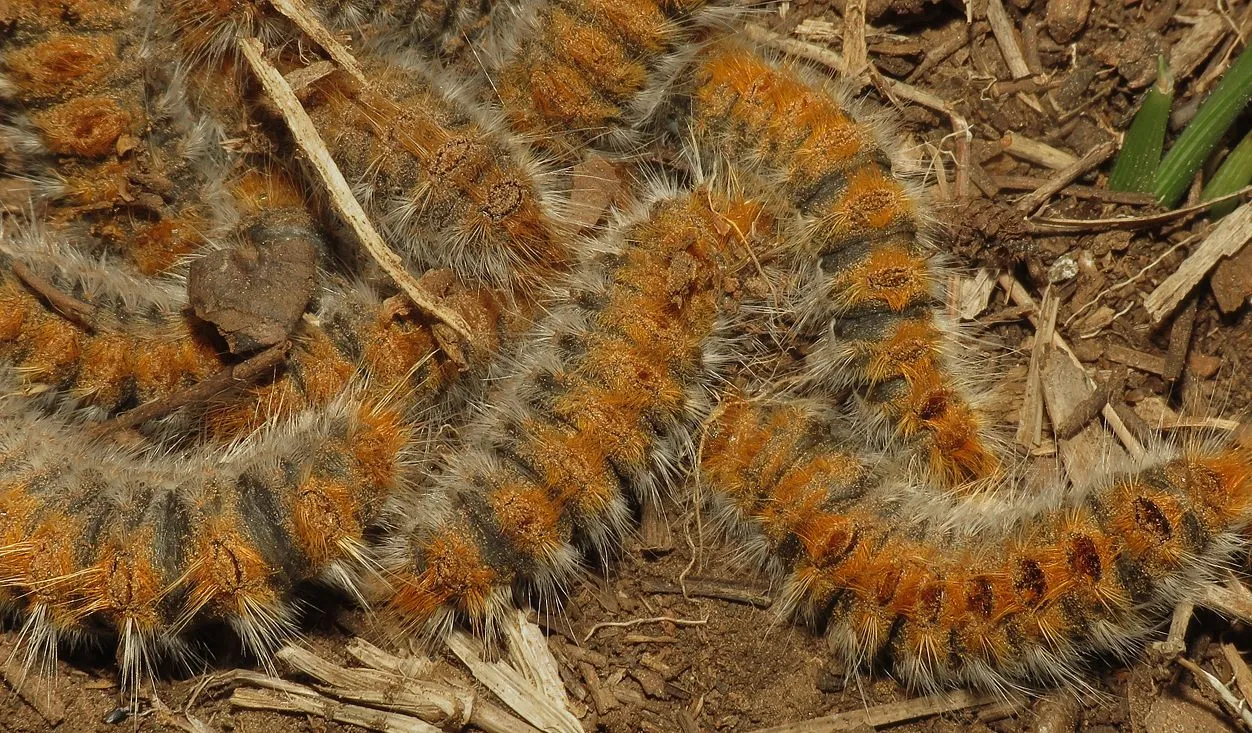
... the caterpillars changed their formation ...
... the line became a seemingly less organized pile ...
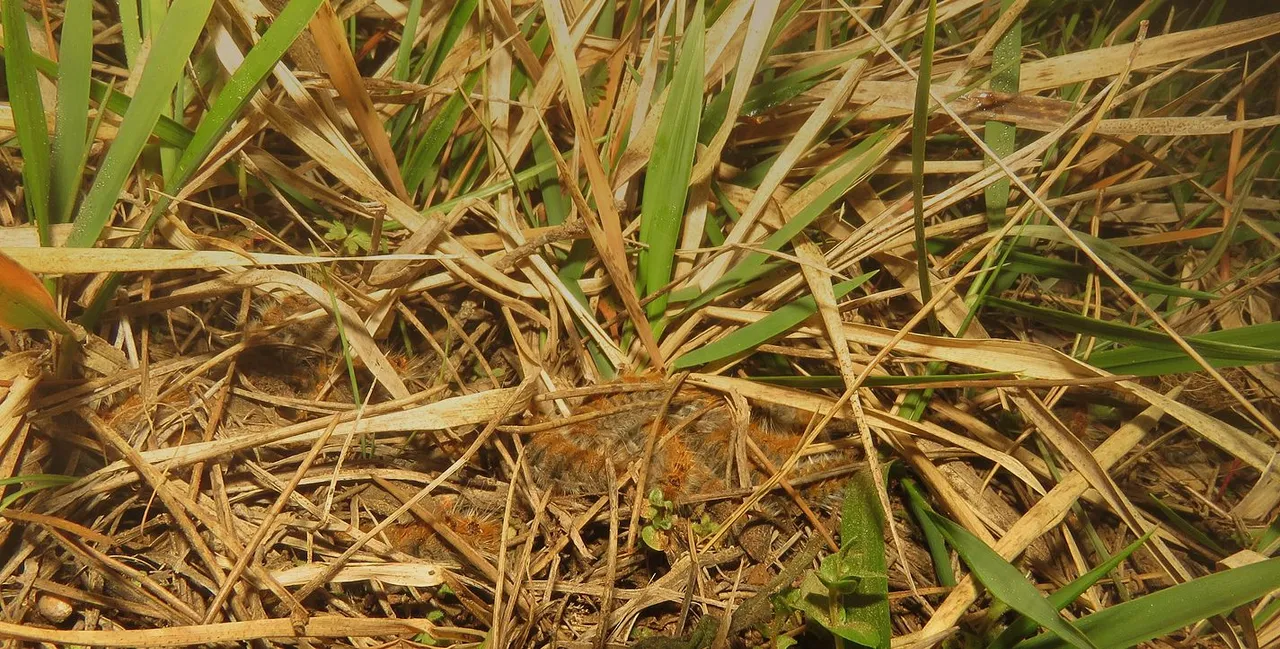
... hidden in the grass.
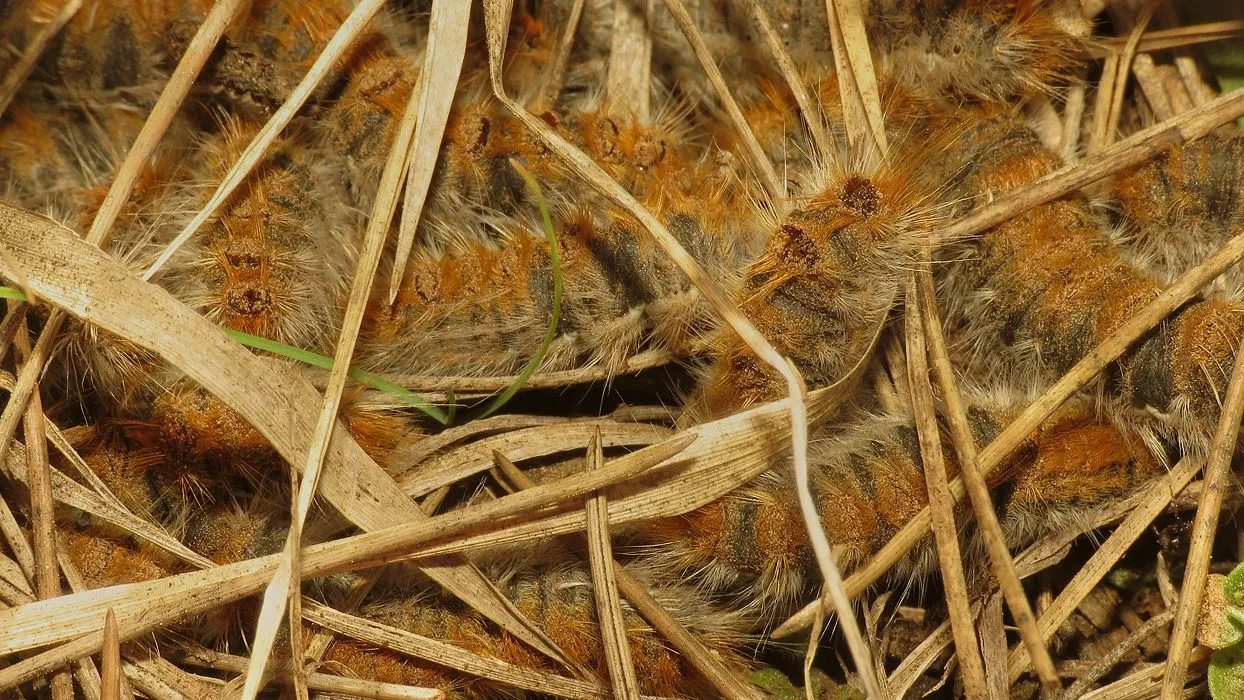
From what I learned on the Internet while preparing this post, this could be the definitive end of the procession ... because the Pine processionary caterpillars pupate in the soil, about 10 cm deep, and they start the pupation at the end of winter or early in spring. It's quite probable that the caterpillars dug their way into the ground and disappeared from sight while I was walking home.
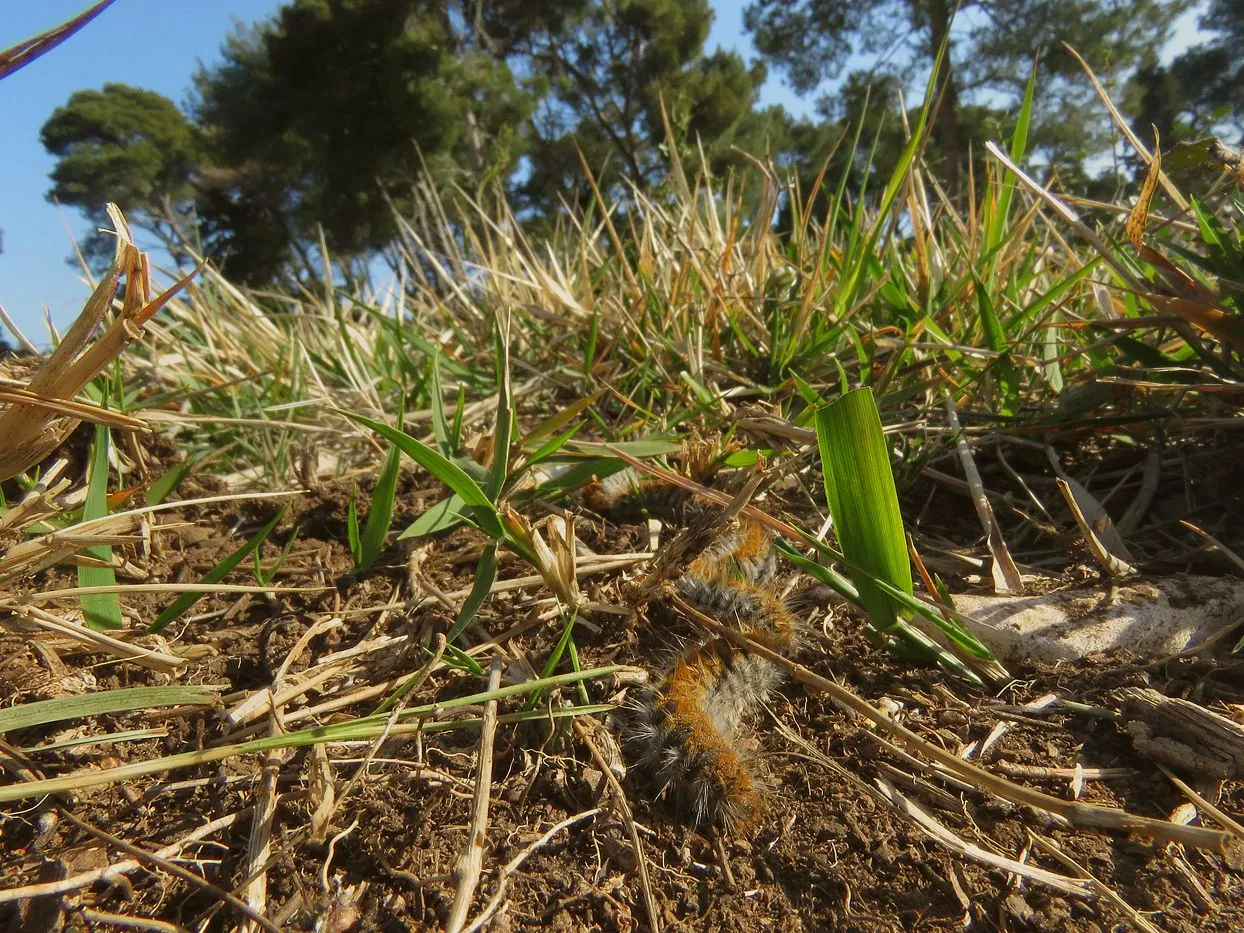
While they are crawling along the host tree in search for a good feeding place, the caterpillars lay down a pheromone trail from the tip of the abdomen. Although the caterpillars also secrete silk and mark their pathways on the branches and twig with those threads, this plays little or no role in trail following. Most likely, silk helps the caterpillars grip on smooth surfaces of the plant.
They can distinguish old from new trails, and tend to follow trails marked by larger numbers of caterpillars. This trail marking enables the caterpillars to aggregate at feeding sites and allows them to find their way back to nest after feeding. When they move over the branches, caterpillars may travel head to tail in small groups or alone, and they rely on the trail marker to find their way.
However, during processions the system works in a slightly different way, stimuli from the bristles on the tip of the abdomen of the caterpillar in front serve to hold the line together, taking priority over the trail pheromone. An experiment showed that the caterpillar can easily be induced to follow a model made of a wooden dowel covered with the abdomen of a killed caterpillar.
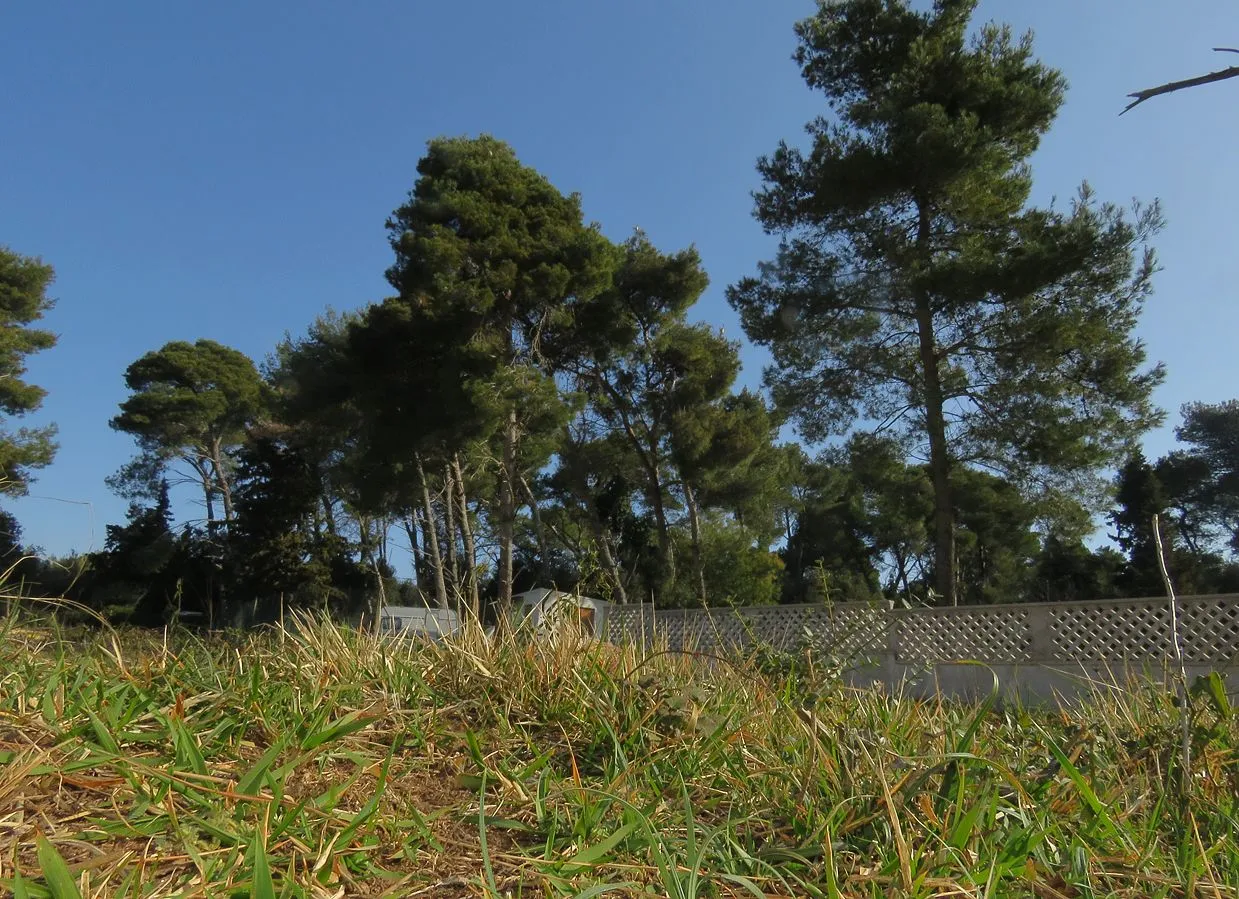
The large meadow was surrounded by shrubs and pine trees ... the caterpillars probably descended from there. On the following photograph ...
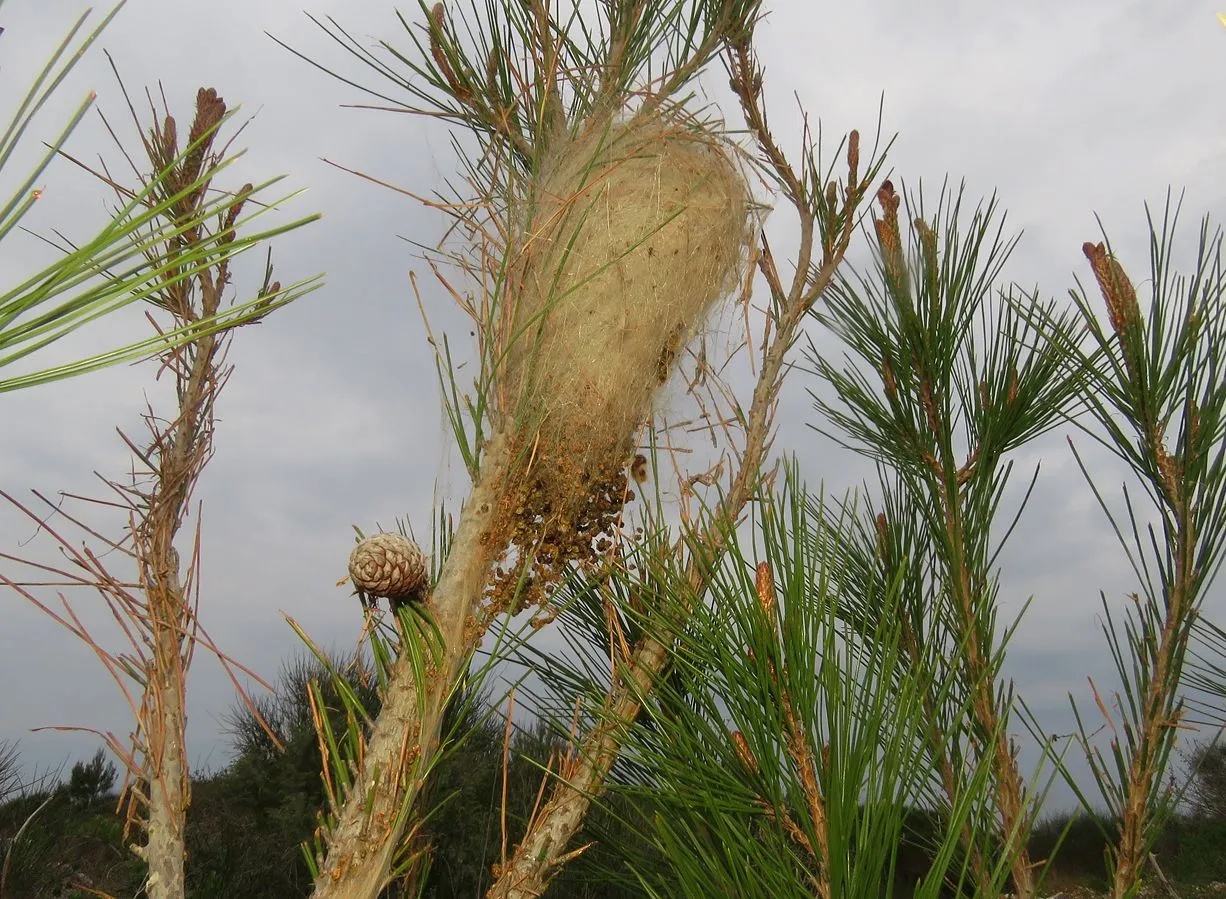
... you can see the nest of the Pine processionary caterpillars.
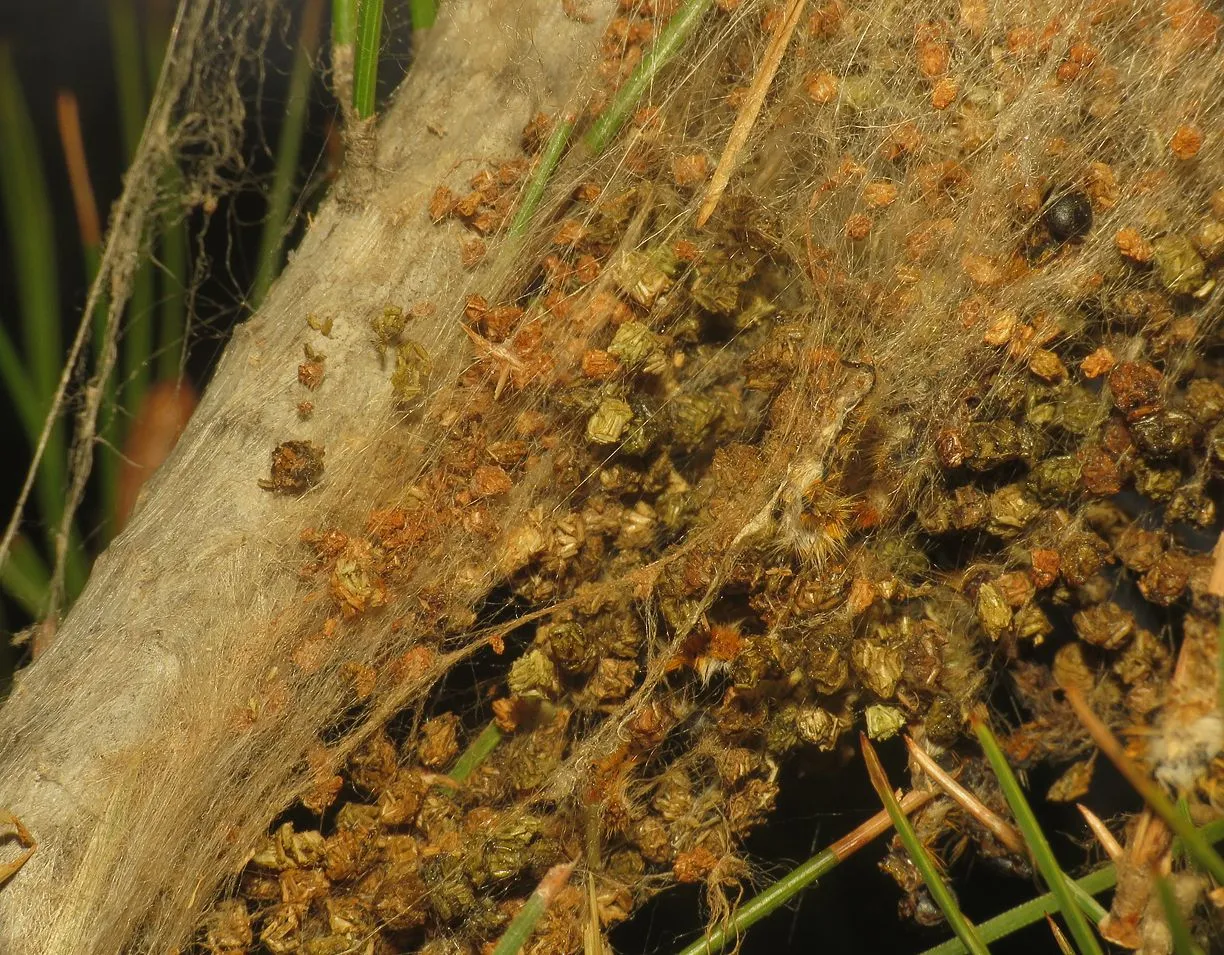
The silk at the bottom is decorated with excrements ...

... and old molts.
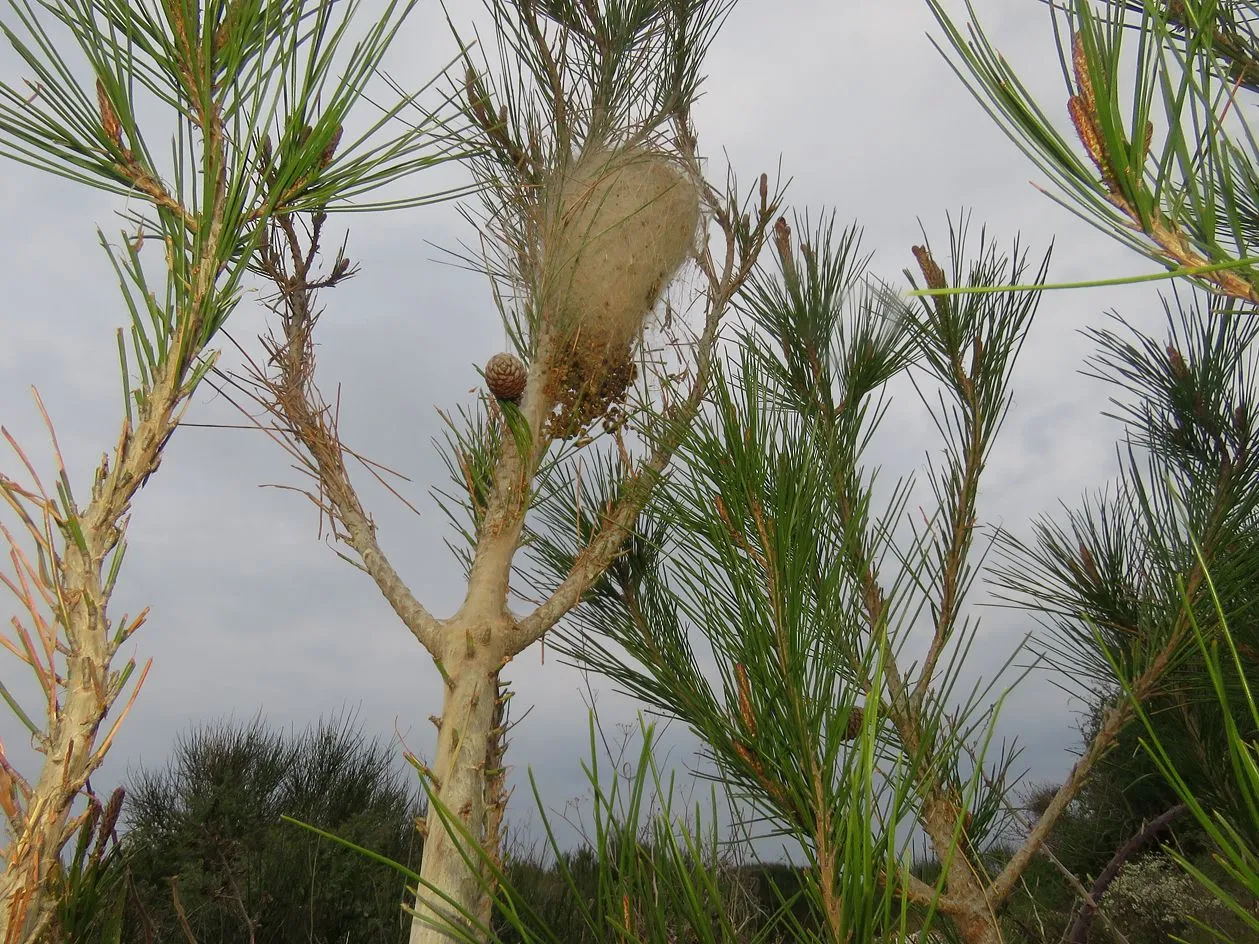
I took these shots a few days later, about 5 kilometers further, near the neighboring village of Liznjan, on the harsh stony terrain at the edge of an abandoned stone quarry. Only small pines grow here. This one was just slightly taller than me, so I could easily explore the large cocoon ...
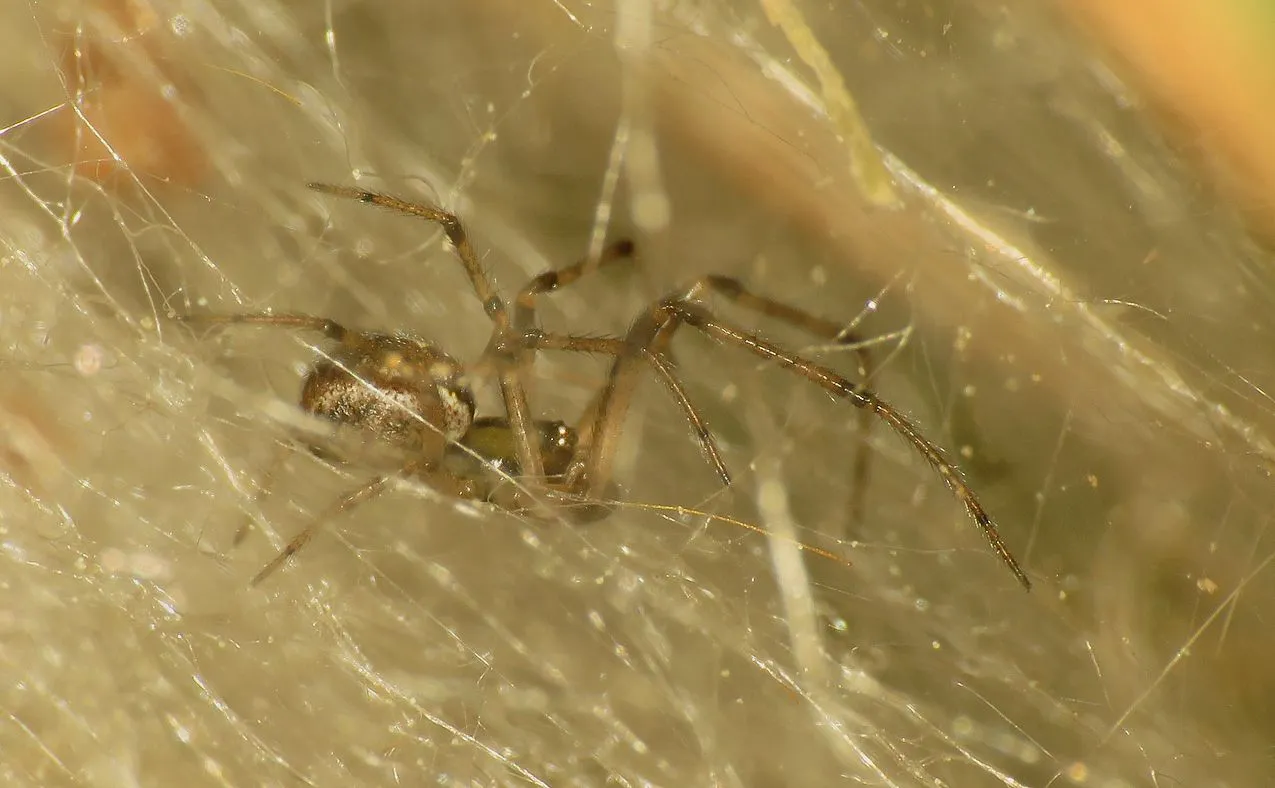
... and find this amazing little spider ...
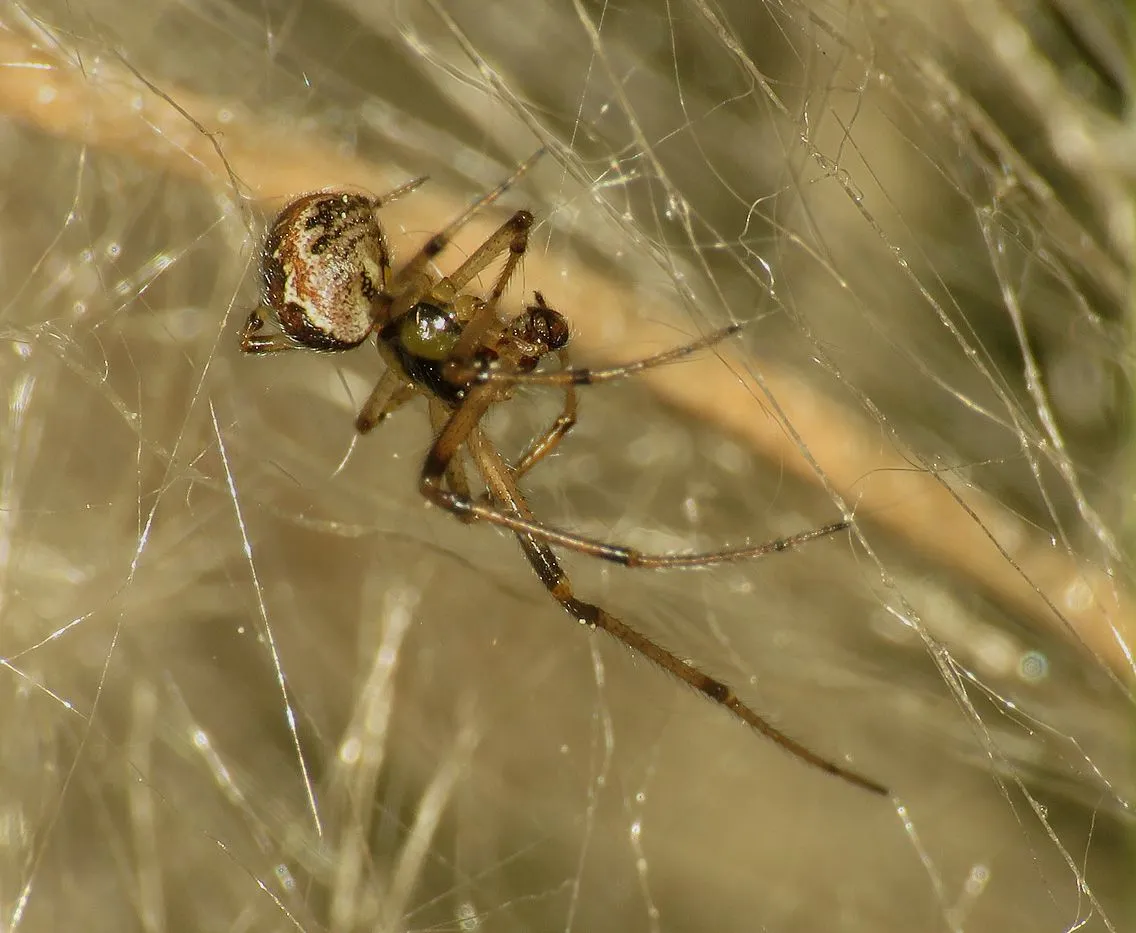
... the Kochiura aulica.
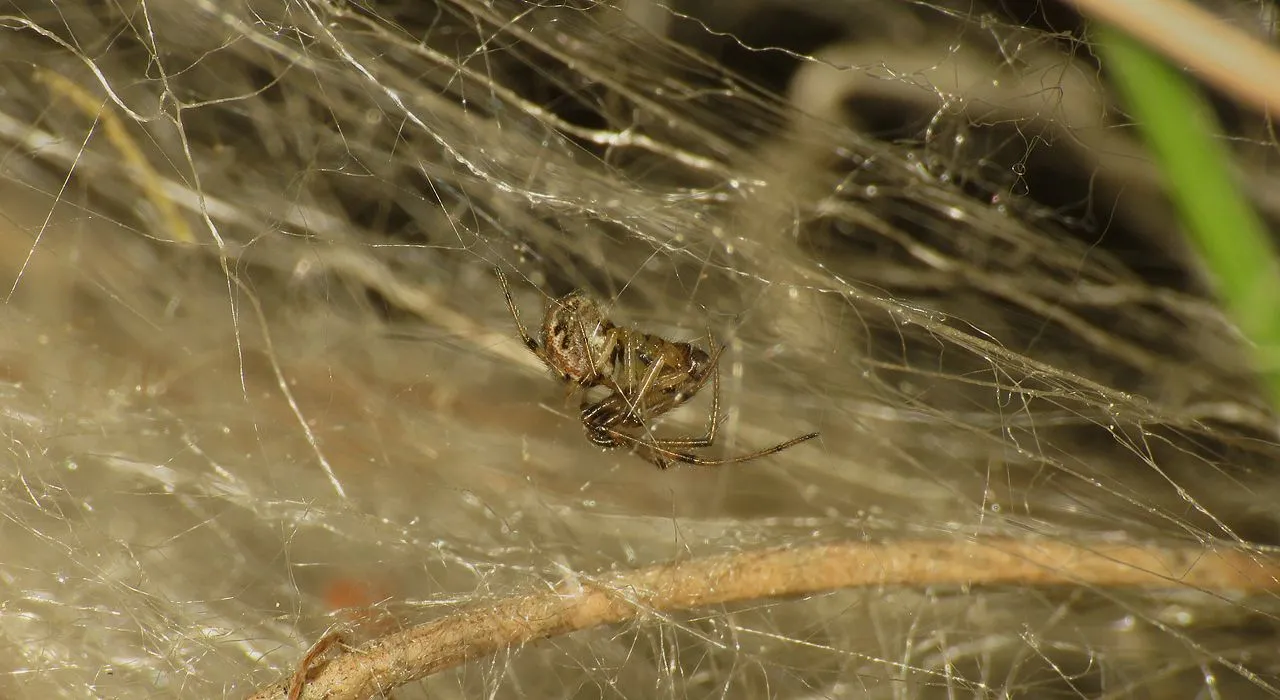
A few spiders of this minuscule species have found a nice shelter on the surface of the nest built by caterpillars ...
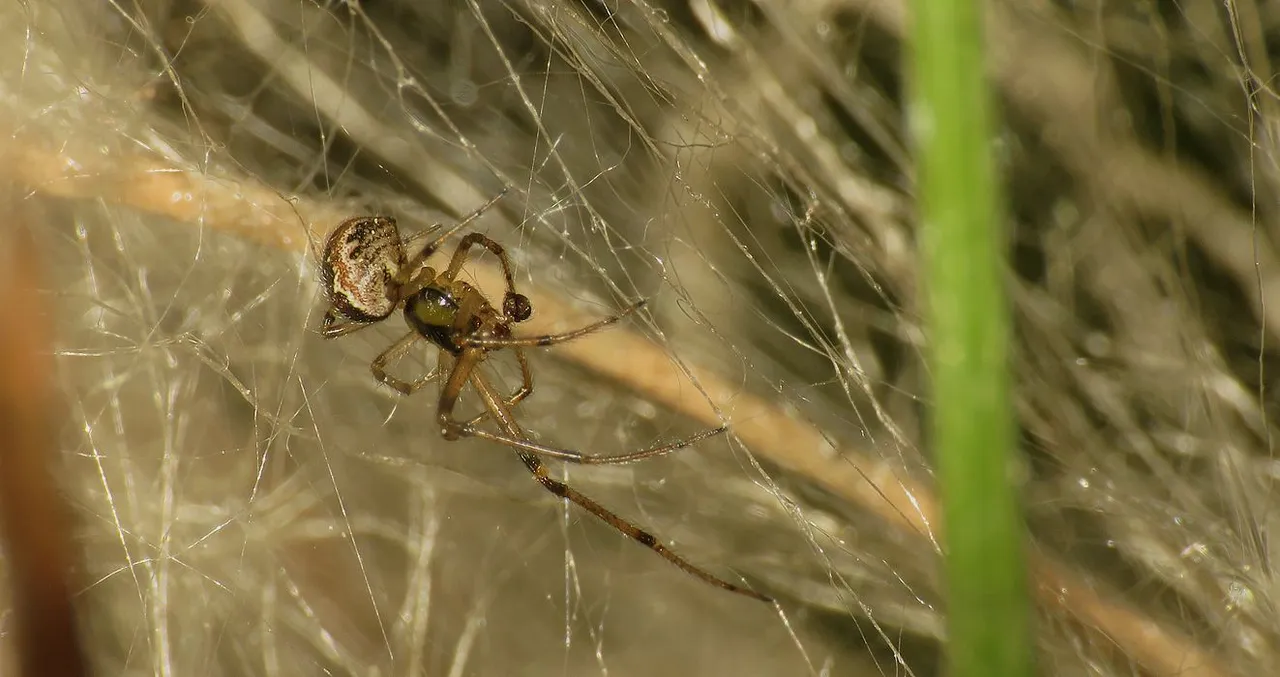
... and when you see them crawling or resting among these threads ...
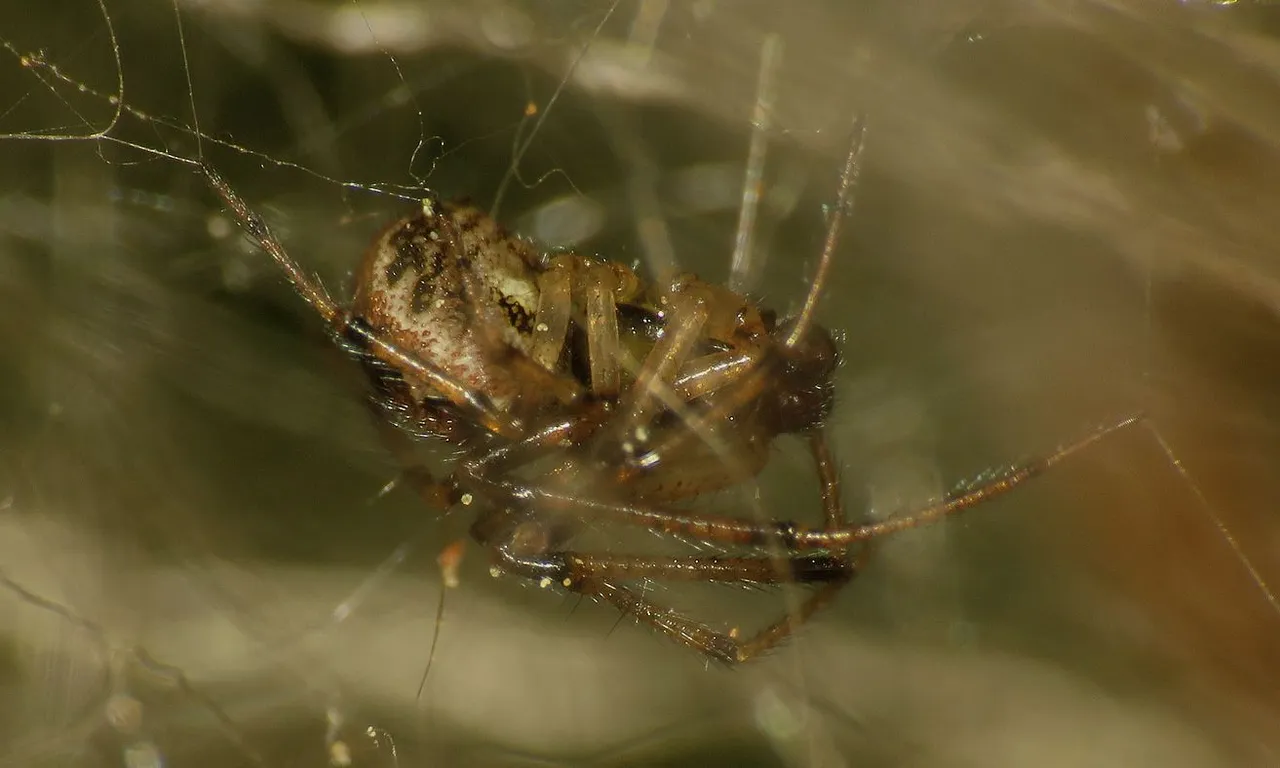
... it could look like they built the whole thing :)

The caterpillar Colonies inside the nests are active throughout the winter months.
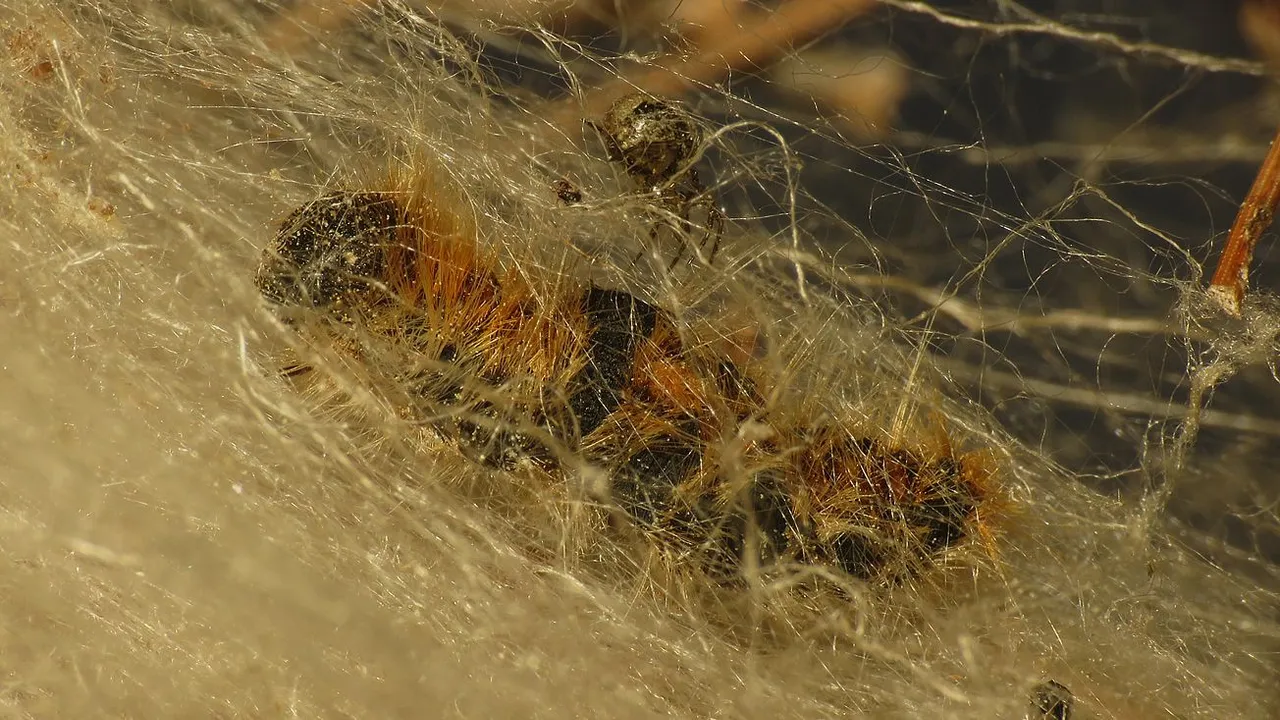
Infrared activity monitors during some studies, have shown that the caterpillars leave their nests soon after sunset and travel to distant feeding sites on the branches of the host tree. There, they feed overnight then return to the nest at dawn. The caterpillars have been observed foraging on the coldest nights and can move at sub-zero temperatures. The nests are positioned so that they can be warmed by the sun. The caterpillars rest during the day and the heat in the nest helps them digest the food. When they emerge from their nests in late March, they are fully grown and leave their nest processing towards pupation sites in the ground.
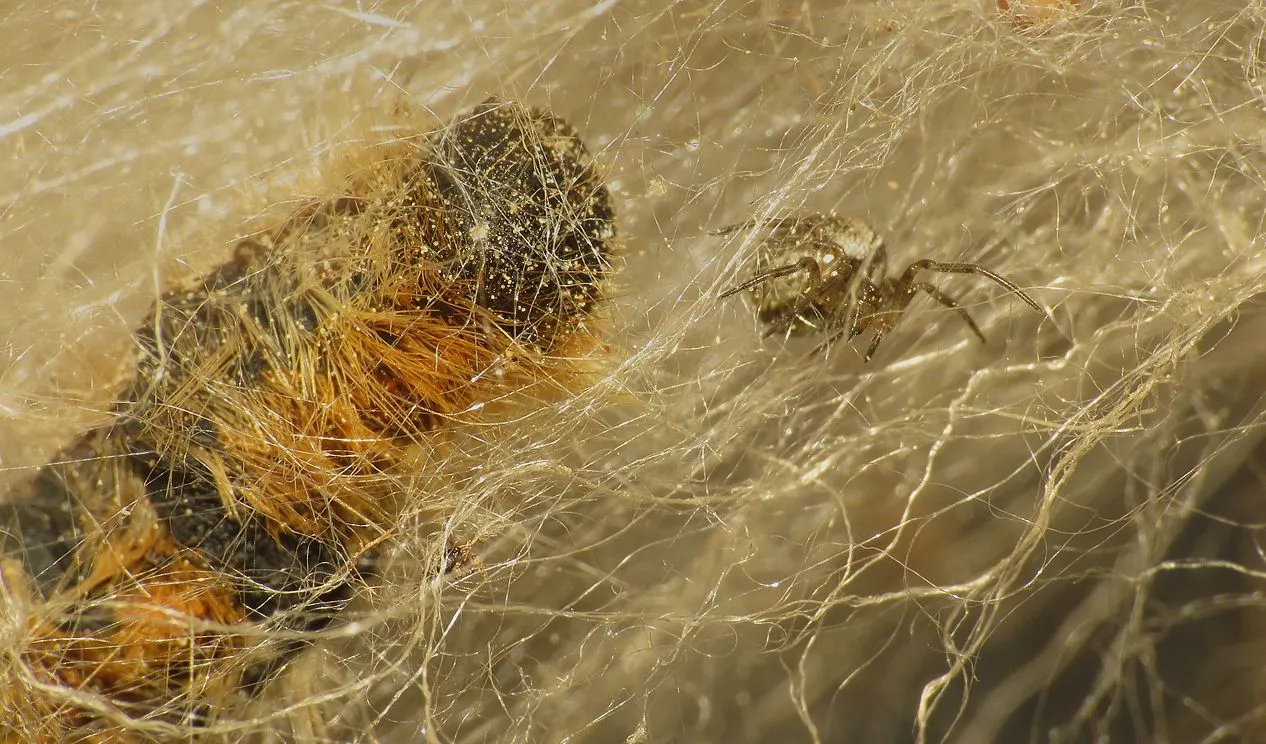
Here you can see the small spider near the big molt of a Processionary caterpillar ... or a corpse of the Processionary caterpillar ... I'm not sure ...

... I took all these shots with the flash on ...
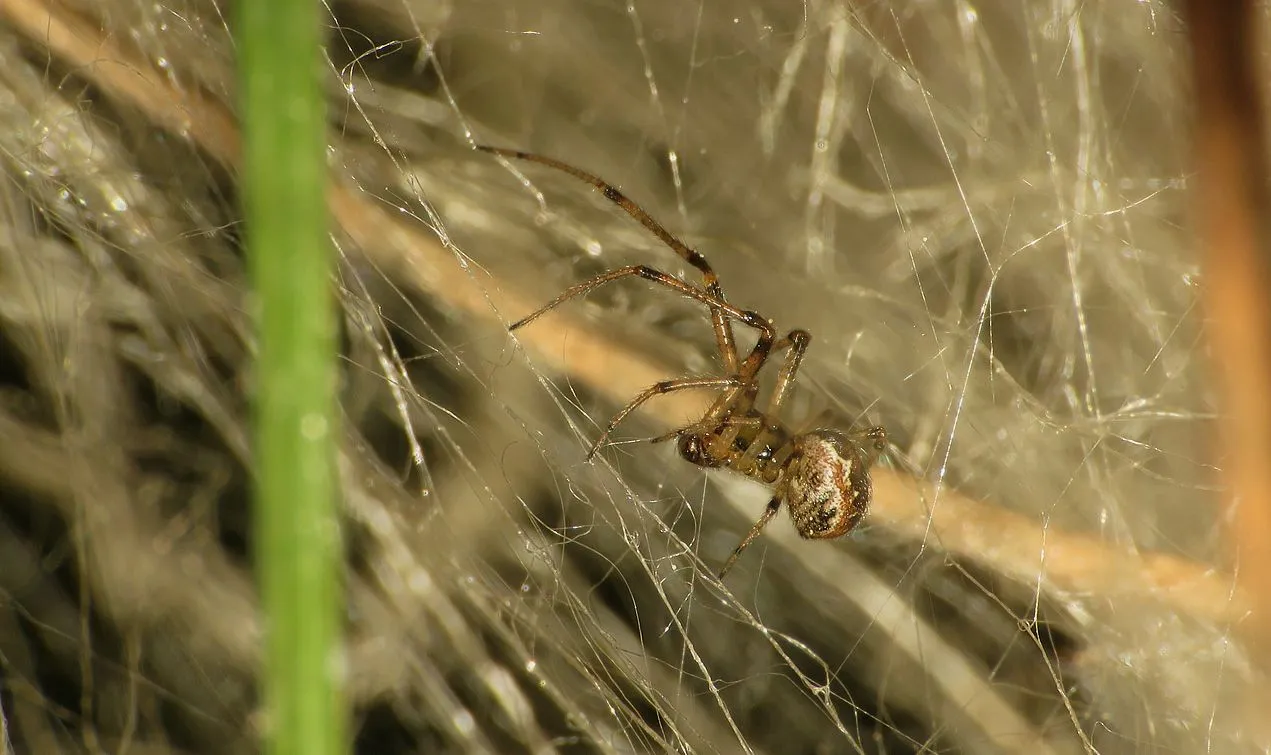
... because the day was very cloudy ... and the evening was approaching ... and although this kind of light source makes all the details visible, when it comes to aesthetics - well, the photographs don't convey the atmosphere and lack the poetic elements that more subtle natural light can bring.
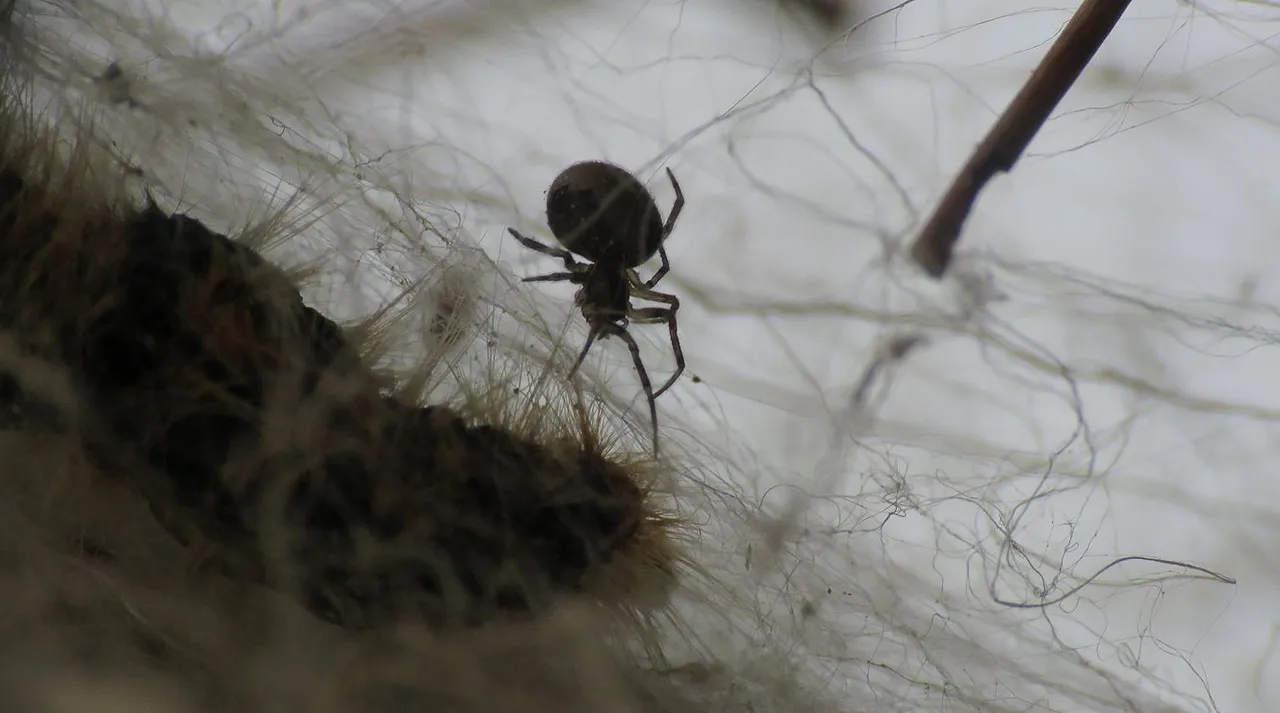
Fortunately, just before leaving the spiders and caterpillars to their usual activities ...
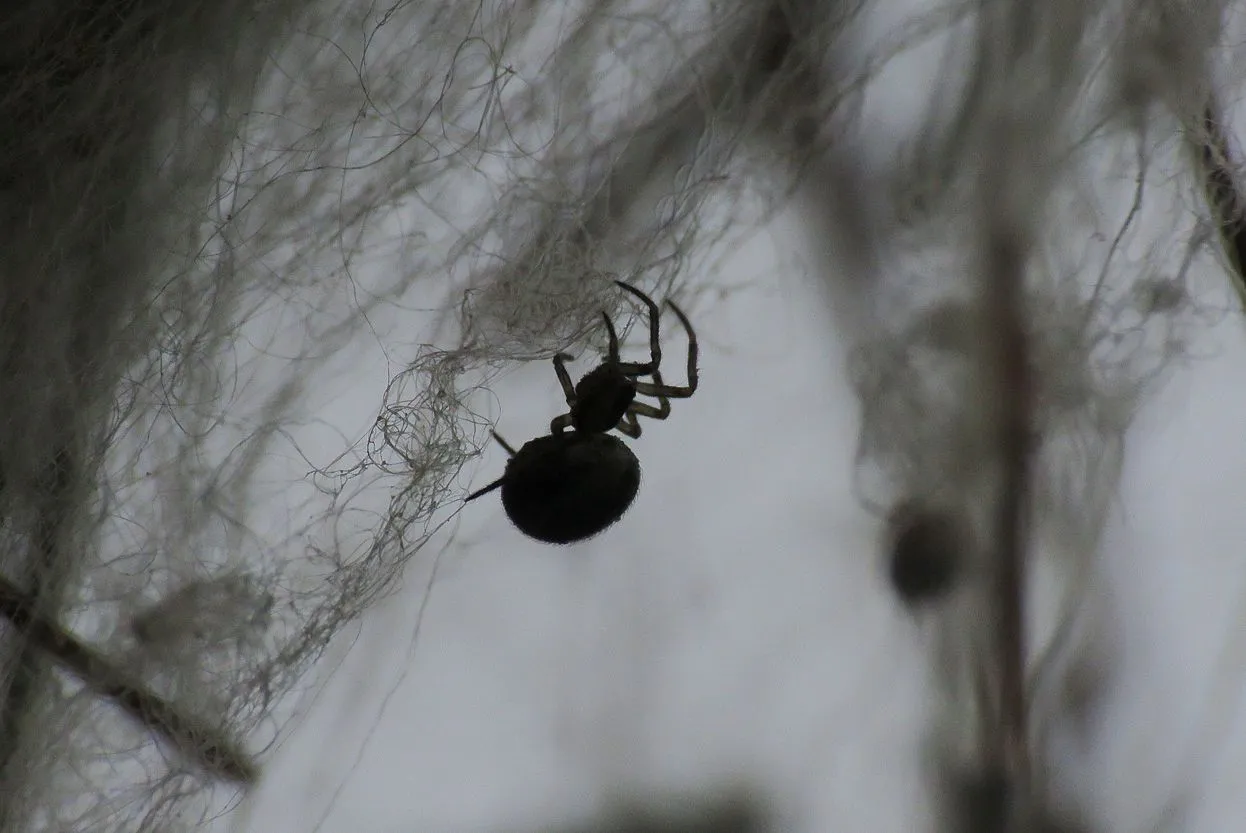
... I found this angle ... with the sky as the background ...
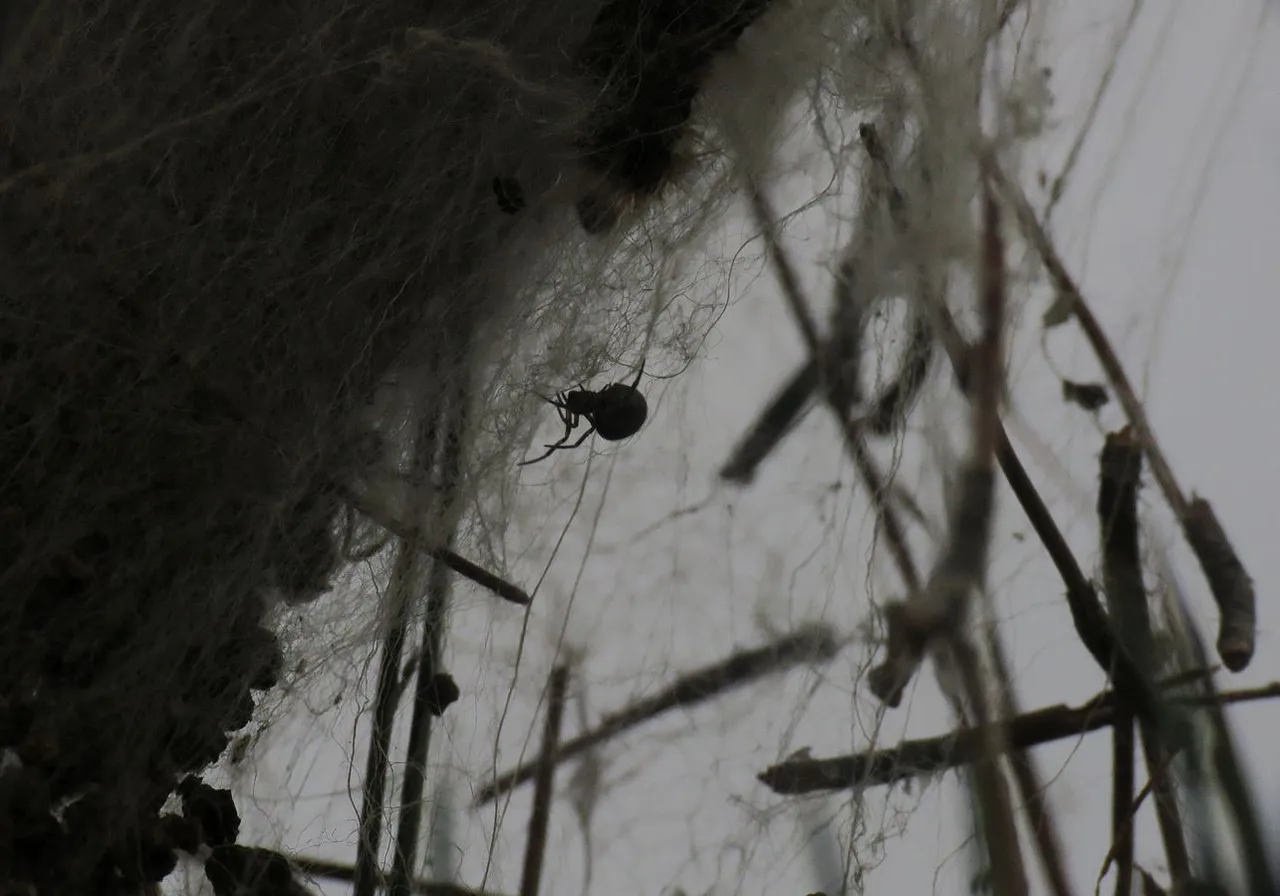
... that, with a bit of patience, enabled me to take these more natural - looking shots and show you the real atmosphere on that cloudy day.
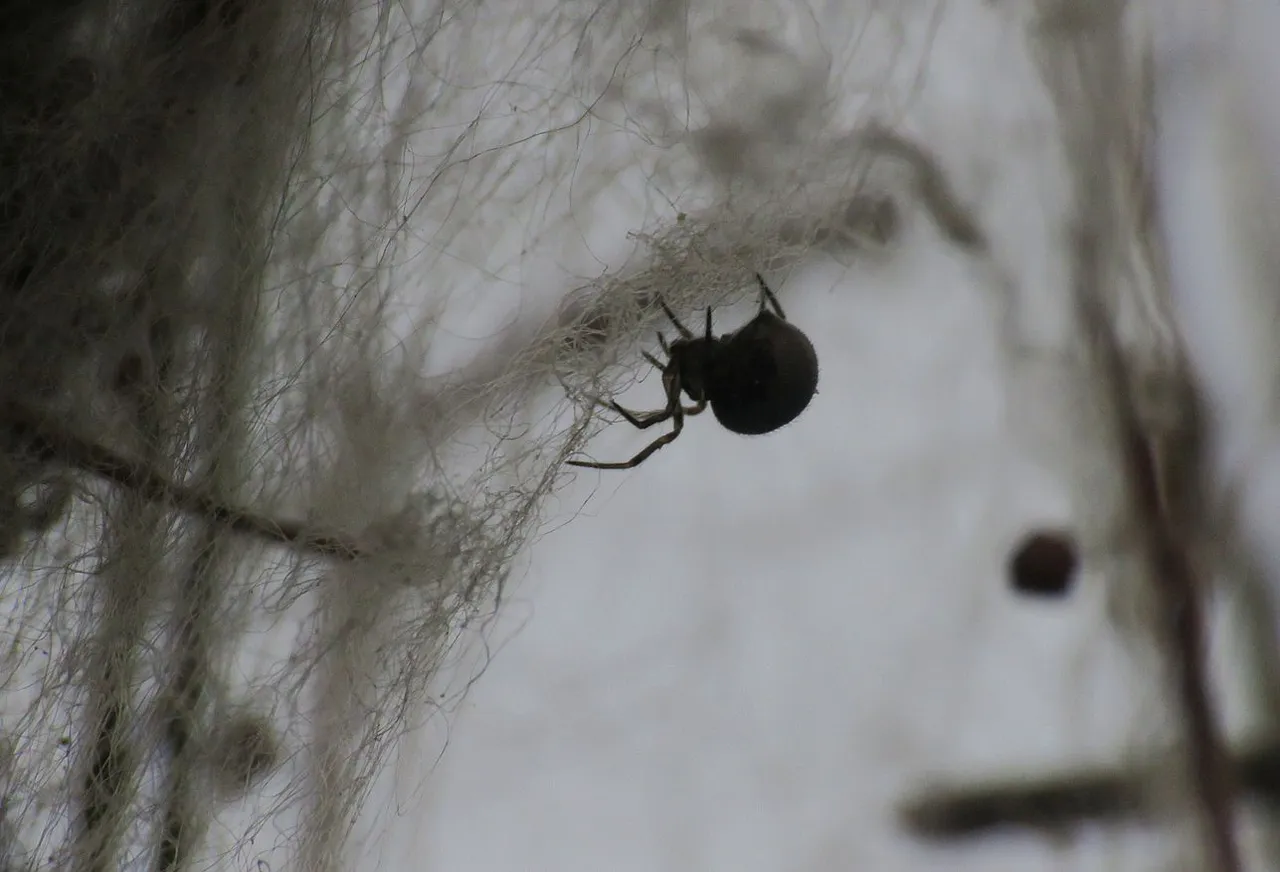
And that's it. The procession is over. As always in these posts on HIVE, the photographs and the video are my work. I found some information about this interesting species in the pretty long Wikipedia article, and some stuff I knew from before, from various natural history books that I read who knows when, probably when I was a kid.



